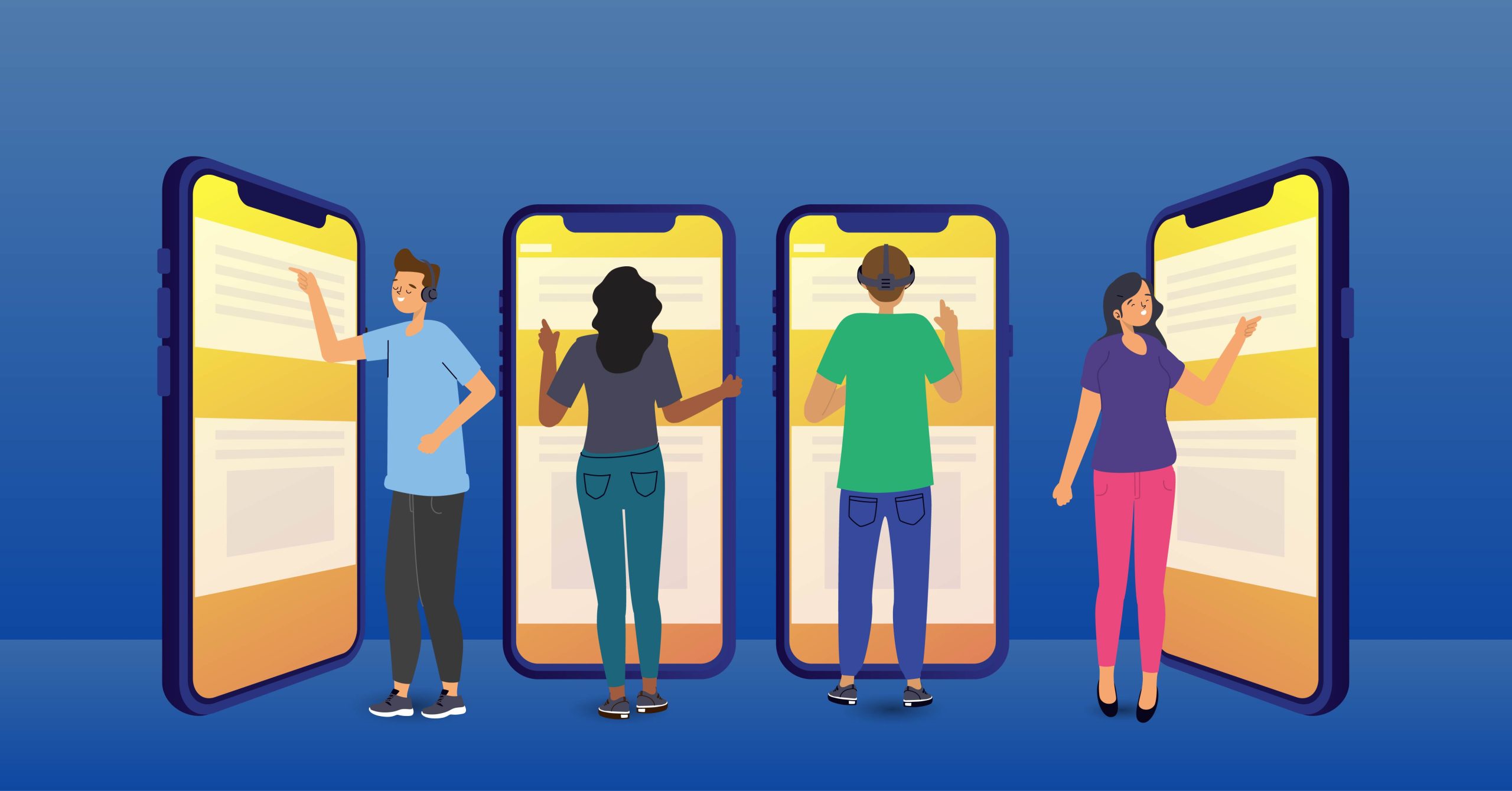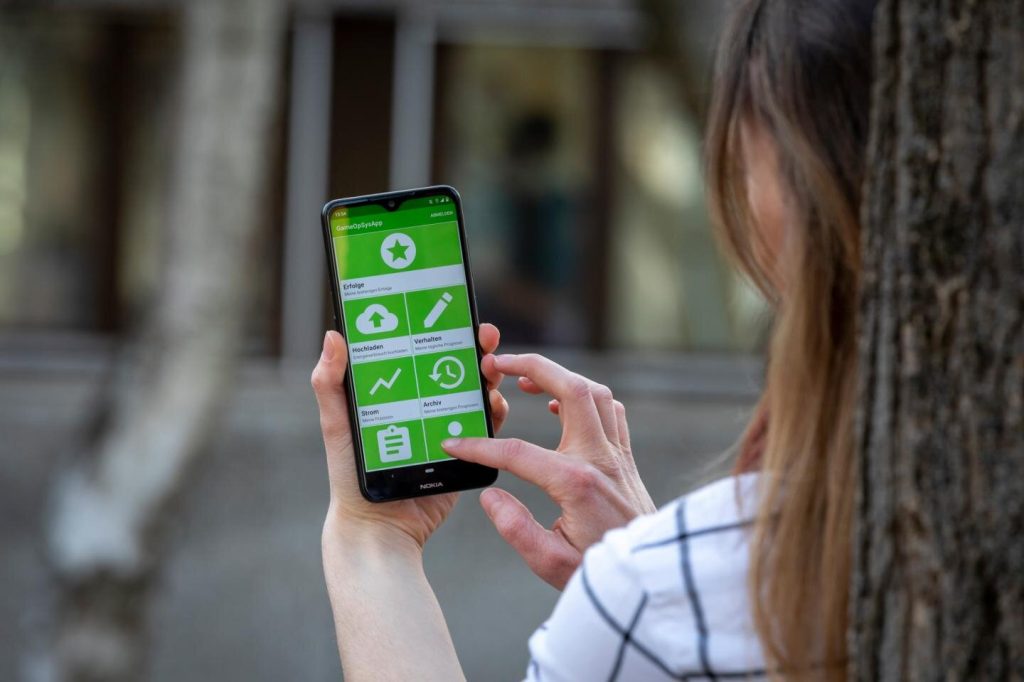
Over the past few years, mobile applications have had a huge impact on all industries, including the education sector. Today, schools and colleges rely on mobile apps to enable students to easily access content and systems, create content, and interact seamlessly with other students, teachers, the education system, and the outside world. Recruitment is increasing.
Benefits to schools and universities using the application
According to a survey, nearly 70% of Americans connect to the Internet through a mobile device. As a result, more than 80% of US universities have adopted mobile applications, including Harvard University and Cleveland State University.
In this tutorial, we will take a closer look at how the adoption of mobile applications can benefit educational institutions.
-
Easy access to educational materials and other information
Mobile applications mean students have constant access to the latest textbooks, videos and multimedia learning materials. Easily access assignments and coursework in a variety of formats, including images, text, audio, video, or a combination of both.
Teachers can also use the mobile app to submit subjects and get grades. This reduces the amount of time you spend demonstrating and testing your knowledge in front of the class.
In addition, institutions can use mobile applications to provide students with easy access to administrative functions such as enrollment, financial aid, and student billing.
-
Easy communication
A mobile app can improve communication for all participants. You can easily help your students to give comments or share comments on various issues. It also provides a platform for parents to easily register concerns and access news.
And with features like push notifications, schools and colleges can reach teachers, students and parents simultaneously to inform them about upcoming events.
-
Improved teaching experience
Modern students are digital natives who grew up on Facebook, Twitter and other social networks. They have their own expectations of their digital world, are tech savvy and better connected. They are not used to reading a 600 page textbook and don’t like the idea of being physically in the classroom all the time. Instead, they’re adopting new learning tools and mobile apps at a pace that even the most agile organizations can’t keep up with.
What does this mean for schools and colleges? This means there is a need to improve how students learn in today’s digital age. Mobile applications allow you to present your content in a way that is easy for your students to understand. Teachers will be able to provide more unique learning experiences and formative assessments to students with different abilities and learning preferences.
Making life easier for ‘non-traditional’ students
Traditionally, students enter college immediately after graduation and take full-time courses. But thanks to ever-changing social and economic trends, we’re seeing a new group of students: the ‘non-traditional student’. In fact, a National Education Center survey found that the majority (74%) of graduates were either employed, taking part-time courses, had families, or were first-generation students.
Therefore, this new group of students chooses:
- A flexible schedule that allows you to progress at your own pace regardless of family responsibilities or work schedules.
- Institutions that offer classes in a variety of formats and days/hours.
- Open and active access to information
Educational institutions can achieve this by using mobile applications that help them keep track of the ever-changing preferences of students. The app enables students to learn at their own pace, anytime, anywhere, and makes it easier for teachers to provide students with a personalized and enhanced learning experience tailored to their location and context.
Here’s how some institutions are using mobile apps to create a successful experience for students and teachers.
Buckinghamshire New University
The Box Library app has everything you need at your fingertips 24/7. View opening times, reading rooms, borrow books, access digital reading lists and useful contact information on the go. The app also includes social media buttons. This means you can engage through your social media channels (think Facebook, Twitter) and stay updated on the latest books the library has to offer.
International Management Institute Switzerland
The IMI International Management Institute in Switzerland is another organization that has developed programs that allow users to easily access information. The mobile app provides information about the organization among other features. For example, you can easily access information about the programs offered by the university (e.g. undergraduate, undergraduate (Hons), postgraduate, etc.).
The Virginia School Boards Association
The Virginia School District Association is a voluntary, nonpartisan organization of the Virginia Department of Education that promotes excellence in public education through advocacy, training, and service. To improve services and make it easier for users to access information, organizations have decided to adopt programs.
The mobile application provides users with the following features:
- Easy access to union news
- Easy access to daily subjects
- Easy access to the Chancellor’s duties.
- Easy access to upcoming meetings and meeting schedules
AL Marifa International School
AL Marifa International School is another institution that uses mobile applications to allow users to access information easily. This mobile app provides students, teachers and administrators with information about us, resources, lessons, timetables, timetables, weekly plans and more.
Outlook
Mobile apps are transforming schools and universities in ways that were unthinkable 10 years ago. They enliven the classroom experience and improve student learning outcomes. It also helps develop a better teacher-student relationship because the teaching method is student-friendly.
The fact is that the educational environment has changed and educational institutions must change. Successful organizations have taken notice and implemented a variety of digital strategies. To illustrate this, for example, there are over 30,000 education-related mobile apps in the App Store, and this number is expected to grow.


